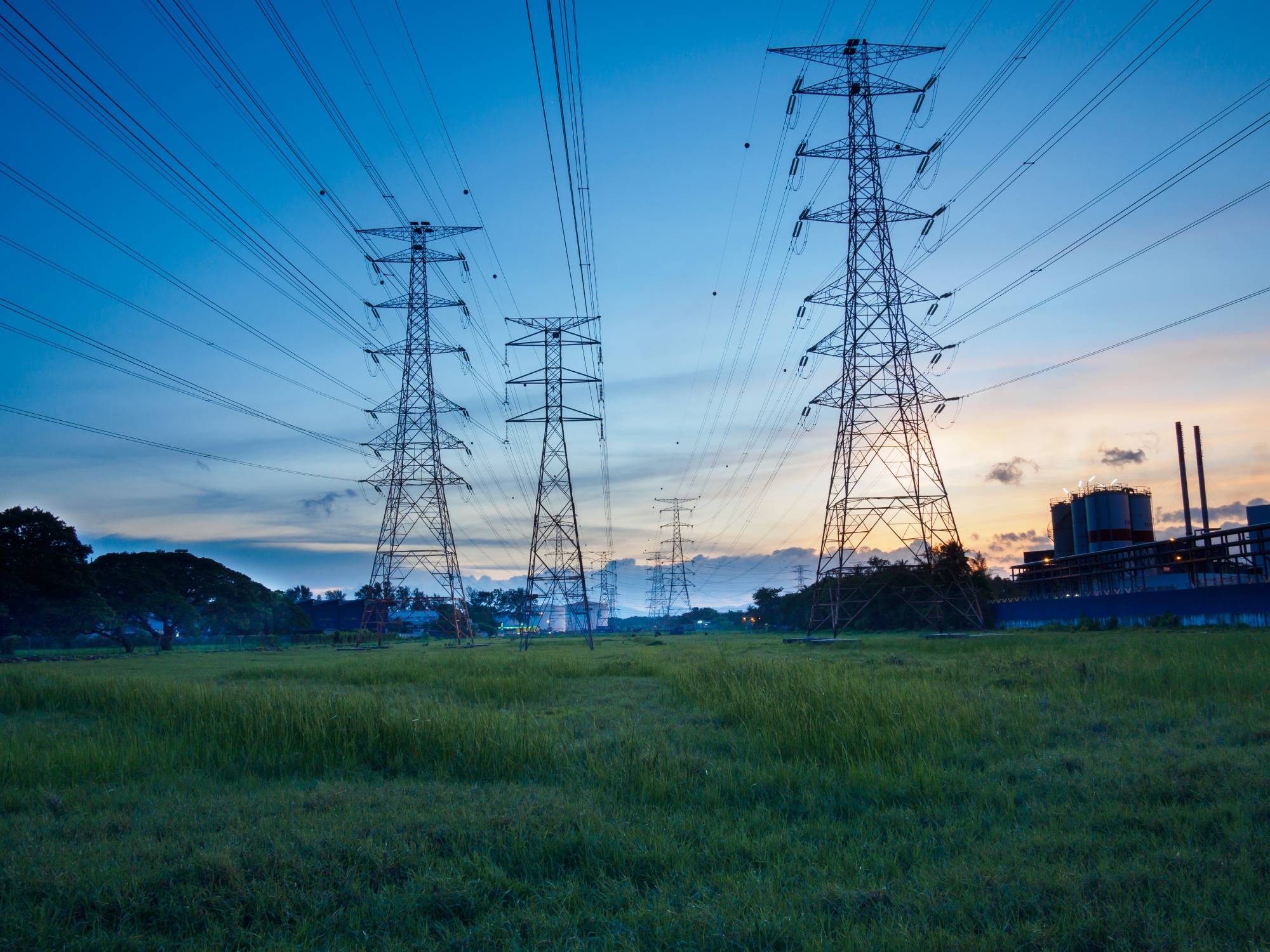Malaysia taps into the potential of renewable energy
On 18 October 2024, the Malaysian government revealed that the 2025 budget would amount to MYR 421 billion (USD 95.82 billion), a 6.9 per cent increase from this year’s national budget. A significant amount will be allotted towards Malaysia’s goal of becoming a leader in the renewable energy sector.
In support of the National Energy Transition Roadmap (NETR) towards renewable energy, the Malaysian government allocated MYR 305.9 million (USD 69.64 million) for the National Energy Transition Facility. With the endorsement of government policies and funding in the renewable energy sector, investors and stakeholders in this industry should consider its long-term profitability.
Investment requirement
A policy framework is in place for Malaysia’s green energy sector, and this requires investments to in research and development as well as funding for the installation of new and retrofitted energy equipment. According to the Sustainable Energy Development Authority, Malaysia would need at least MYR 637 billion (USD 145.21 billion) to support the NETR’s ambitious target of sourcing up to 70 per cent of total capacity from renewable energy by 2050.
Foreign direct investments are in search of promising markets for green investments, and Malaysia stands to gain from this. Interestingly, several countries are eager to invest in Malaysia’s renewable energy sector. For instance, it has been reported that Saudi Arabia’s renewable energy giant, ACWA Power, is looking to invest USD 10 billion in Malaysia’s green energy sector over the next 10 years. Two China-based energy firms have also declared readiness to invest MYR 10 billion (USD 2.82 billion) into Sarawak’s green energy plan.
The Malaysia Investment Development Authority (MIDA) is targeting investments in four types of renewable energy sources: solar energy, mini-hydro, biogas and biomass. As seen in Graph 1, investments towards renewable energy amounted to MYR 2.5 billion (USD 571 million) in 2022 led by mini-hydro power plants. However, investments dwindled by 43 per cent in 2023 to MYR 1.43 billion (USD 325 million) which went entirely into solar energy. This might appear as a significant decline, however, if one would consider an industry view, last year saw total investments in solar power technology from MYR 2.7 billion (USD 613 million) in 2022 to MYR 3.2 billion (USD 726 million) in 2023.

Powering through
Achieving the 70 per cent renewable power supply target would require 62,000 skilled employees in the sector. In support of this endeavour, the government announced an increase of allocations for Technical and Vocational Education and Training (TVET) last October to MYR 7.5 billion (USD 1.71 billion), mainly to equip graduates with specialized skills to suit the demands of the renewable energy sector.
Two notable developments in Malaysia are the implementation of Energy Exchange Malaysia (ENEGEM) and the opening of cross-border sale of electricity from renewable sources to Singapore and Thailand. With the ENEGEM framework, green energy in Malaysia can be viewed as a new source of revenue and a new export product. However, demand for Malaysia’s energy exports have remained pale three months into implementation with only 100 megawatts sent over to Singapore, showing that much work is still needed.
Based on Graph 2, stock trading volumes have fluctuated since September 2023 while the last adjusted closing price has steadily increased between January to July 2024 before taking a dip in succeeding months. Bursa Malaysia classifies energy stocks under three sub-sectors: energy infrastructure, equipment, and services; oil and gas producers; and other energy resources. Since these sub-sectors are combined into one value for stocks performance, the government’s commitment to positioning Malaysia as a leader in the renewable energy sector remains unwavering. Mostly, shares under the energy sub-index have been influenced by the movement of oil price trends, this becomes an opportunity for Malaysia to refocus to renewable energy.

Although investments to Malaysia’s energy sector have been limited to solar power in 2023, investors should explore other potential markets in the renewables space. In December 2023, Malaysia launched the National Biomass Plan, and if the plan is successfully implemented, its economic value could add up to MYR 17 billion (USD 3.88 billion) to overall GDP. Minister of Plantation and Commodities Datuk Seri Johari Abdul Ghani also mentioned that the biomass industry, especially palm oil, are potentially a source of value-added products and renewable energy.
Another promising facet is hydrogen energy. Based on the Hydrogen Economy and Technology Roadmap from the Ministry of Science, Technology and Innovation, its potential revenue can reach MYR 89 billion (USD 20.33 billion) by 2050. Right now, Sarawak has become a frontrunner in green hydrogen energy and houses various hydrogen facilities.
MIDA is offering an array of incentives to support the NETR. Additionally, the Green Investment Tax Allowance, which has taken effect from the beginning of 2024 and will last until 2026, encourages investments in clean hydrogen and renewable energy projects. The government also extended the Green Technology Financing Scheme until 2026 with an additional funding of MYR 1 billion (USD 227 million). These new incentives create a golden opportunity for foreign investors to look forward to as Malaysia aims to deepen its renewable energy sector.






